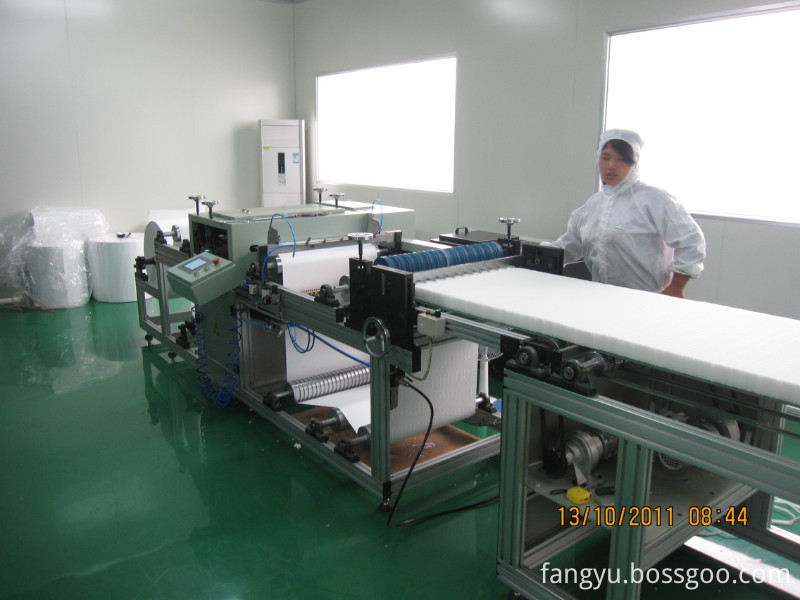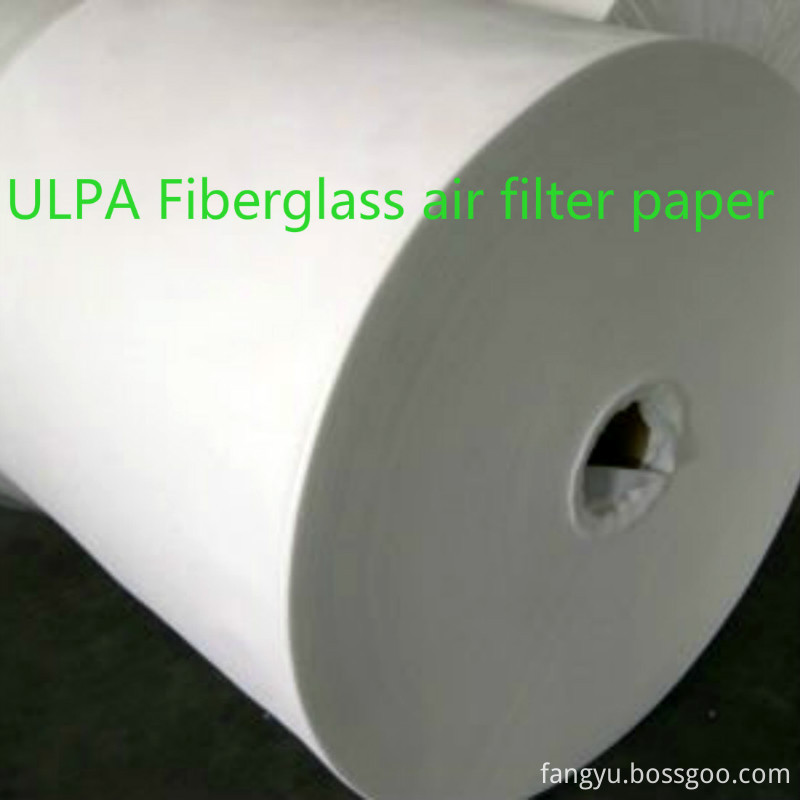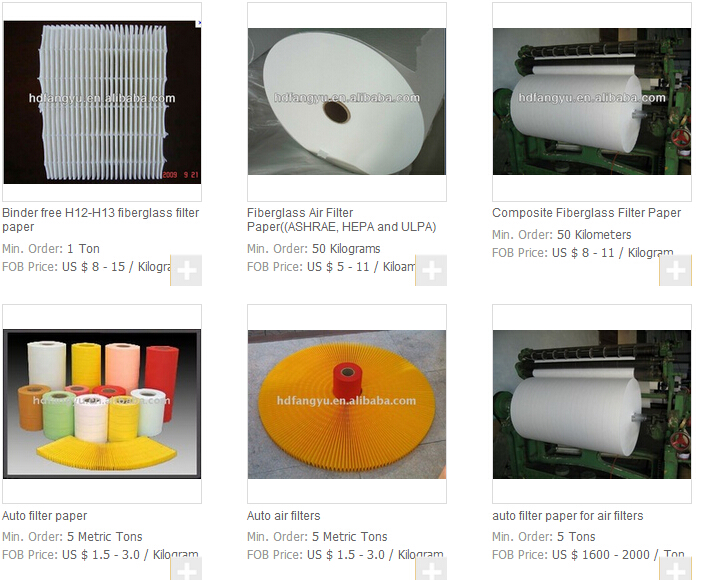Accident air compressor 1 site survey situation 1.1 air compressor compression cylinder outer wall seal at the oil leakage. The peeling phenomenon of the paint layer on the outer surface of the air-cooled finned tube should be caused by the high internal air temperature. The primary safety valve on the air compressor cylinder is intact, there is no coke inside, and the nameplate shows the opening pressure. 56MPa. Dismantle the air compressor exhaust pipe, the inner wall is heavily carbonized, and the thickness is more than 3mm (see). The thickness of the carbon deposit layer is 1.2. The air compressor of the air compressor tank has no deformation, and the paint layer on the outer wall of the exhaust side shell is partially cracked, showing obvious over-fire characteristics. The pressure gauge pointer on the air compressor tank is at 1.3 MPa, and the bottom drain valve is opened. No gas or liquid is discharged. At this time, there is no pressure in the tank. Indicates that the pressure gauge is damaged. The safety valve on the air compressor tank is a 1 / 4 inch external thread safety valve (the actual flow path diameter is 6.3mm), the valve stem is not able to return to the position, and there is black dust in the valve. After endoscopic observation, there is a thin black deposit on the inner wall of the air compressor tank, which has over-fire characteristics and a small amount of water at the bottom. 1.3 Air compressor air compressor air compressor air tank outlet tee lower half of the surface color blue, with over-fire characteristics, the inner wall has some accumulation of ash. The copper ball valve ruptured, the valve core fell off the ground, and the inner wall of the valve was black with over-fire characteristics. The wall thickness of the valve body is less than 1mm. GB/T8464-2008 specifies that the minimum wall thickness of the DN20 copper alloy ball valve (3/4 inch, equivalent to metric DN20) is 1.6mm and does not contain additional wall thickness. The copper ball valve and the cast iron elbow pipe joint burst, with a ¢ 5 26mm blast and a black overfire on the inner wall. The elbow burst, the embossed part of the elbow has a 030mm blast, the edge is sharp, and the inner wall of the elbow has black deposits, which are over-fired, and the wall thickness of the curved part is obviously thinned (see). The air compressor exhaust hose of the air compressor is severely burnt, and there are two breaks. Most of the rubber layer is burned out and the steel wire layer remains (see). The automatic drain valve at the bottom of the precision filter is damaged. The vertical buffer tank is in the next room, and after opening the manhole, the inner wall is slightly corroded and no carbon deposits are seen. Burned exhaust hose 2 oil analysis The oil analysis of the user's 2 parts of air compressor lubricant samples, the results are shown in Table 1.2 samples are: oil sample 1 (not used, sampled from the product packaging iron box ), oil sample 2 (used for several months, from Table 1 air compressor oil oil analysis results project oil sample 1 oil sample 2 standard requirements kinematic viscosity (mmVsO'C) flash point / X: moisture / % trace Carbon residue/% According to the unused kinematic viscosity value, it can be inferred that the oil is No. 1 lubricant, and the used kinematic viscosity of the lubricating oil is increased by more than 50%. The unused lubricating oil flash point is lower than the standard lower limit. The used lubricant has a flash point that is still below the standard lower limit. The used lubricating oil has a reduced acid value. The residual carbon content of the unused lubricating oil exceeds the upper limit of the standard of the lubricating oil of No. 100, and the residual carbon content of the used lubricating oil is obviously increased; 3 analysis according to the situation of the site survey, combined with the results of the analytical test, the following can be obtained Judgment: 1) After long-term operation, the internal pressure of the air compressor pressure system is serious. Cokes of different degrees were found in the exhaust pipe, gas storage tank, ball valve, tee and elbow of the compressor. The oil analysis results show that the lubricating oil used has a high carbon content and kinematic viscosity. After a period of use, the kinematic viscosity increases by 50% without timely oil change, which is a key factor causing serious systemic carbon deposition. Unused lubricating oil flashes. The failure of the point indicator indicates that the quality of the lubricant is unqualified. 2) The air compressor exhaust temperature is high. The air intake point of the air compressor is set in the machine room, and the ambient temperature of the machine room is higher during normal operation. The outer layer of the air-cooled finned tube after the first-stage cylinder of the air compressor peels off, indicating that the exhaust temperature of the first-stage cylinder of the air compressor is too high, which will inevitably cause the intake temperature of the secondary cylinder to be high, and the secondary exhaust temperature is correspondingly The increase, while affecting the air compression capacity, according to the operator, the efficiency of the air compressor is significantly reduced. The above two reasons lead to coke burning in the parts of the air compressor pressure system (such as air compressor gas storage tank, ball valve, elbow, hose), in the narrow part of the local space (ball valve, elbow) , hose) even the phenomenon of explosion, causing the pressure inside the pressure system to rise sharply. At the same time, because the diameter of the safety valve on the air compressor tank is too small, the pressure relief capacity is limited, and the pressure is from a relatively weak air compressor. The copper ball valve of the gas storage tank exhaust port (the valve body thickness is seriously insufficient), the elbow, the hose, the automatic filter automatic drain valve, etc. are released after being blasted. 4 Conclusions and recommendations The fire accident was caused by the accumulation of carbon in the air compressor pressure system. In order to prevent similar accidents from happening again in the future, it is recommended to: 4.1 control the exhaust temperature and set the suction port of the air compressor of the monitoring system as far as possible, and ensure the specified intake amount to ensure sufficient cooling of the equipment and compressed air. Once the temperature of the intake and exhaust air rises, it will automatically alarm, and the temperature will continue to increase. The main motor will automatically stop, which can effectively avoid the carbon explosion accident. 4.2 Regularly remove the suction port of the carbon deposit air compressor and install a qualified air filter, and clean it regularly (3 months) to maintain its good performance and prevent dust and impurities from inhaling the air compressor. Regularly check and remove carbon deposits from the air compressor and carbon deposits in the air line. 4.3 Selection of qualified lubricating oil In order to control the formation speed of coke, the qualified lubricating oil recommended by the air compressor manufacturer should be selected. Low viscosity oils should be used wherever possible if lubrication is met. Lubricating oil should be added according to the amount of oil specified in the technical documents, and the lubricating oil should be periodically replaced according to the actual situation. 4.4 Select the oil-free lubricating air compressor to select the oil-free lubricating air compressor to eliminate the carbon deposit phenomenon. 4.5 Selection of qualified pipeline originals and safety accessories To ensure the safe operation of the air compressor pressure system, qualified pressure piping components (valves, elbows, pipe joints, etc.) and safety accessories (safety valves, etc.) should be selected. Glass Microfiber Filter Paper of ULPA Grade(U15-U16)
ULPA grades (U15-U17) with exceptional dust holding performance and providing the highest available efficiency at a minimal resistance to air flow. Our products are also available in laminated form to help solve special air filtration requirements.
ULPA Grade glass Micro fiber filte rmedia : primarily used in chip factory and CL-100/10/1 clean room in semiconductor, microelectronics, biopharmaceutical, operating room, special medical treatment environment. They are 15and U16 air filter paper . It's an ideal filter media to produce ULPA air filters.The ULPA Filterss can reach high Performance 0.3 micron Replacement U16 Air Purifier Ulpa Air Filter
Fiberglass Air Filter Paper are comprised primarily of glass microfibers and are produced with a wet laid process similar to those used for the production of paper. Our offers range from various ASHRAE grades (F6-F9), HEPA grades (H10-H14) to ULPA grades (U15-U17) with exceptional dust holding performance and providing the highest available efficiency at a minimal resistance to air flow.
ULPA air filter paper,ULPA Fiberglass Filter Media,Air Filter Paper,Panel Air Filter Paper Hebei Fangyu Trade Co., Ltd. , https://www.fangyu-filtermedia.com
ULPA Grade Glass Micro Fiber Filter Media / ULPA Grade( U15-U16)



